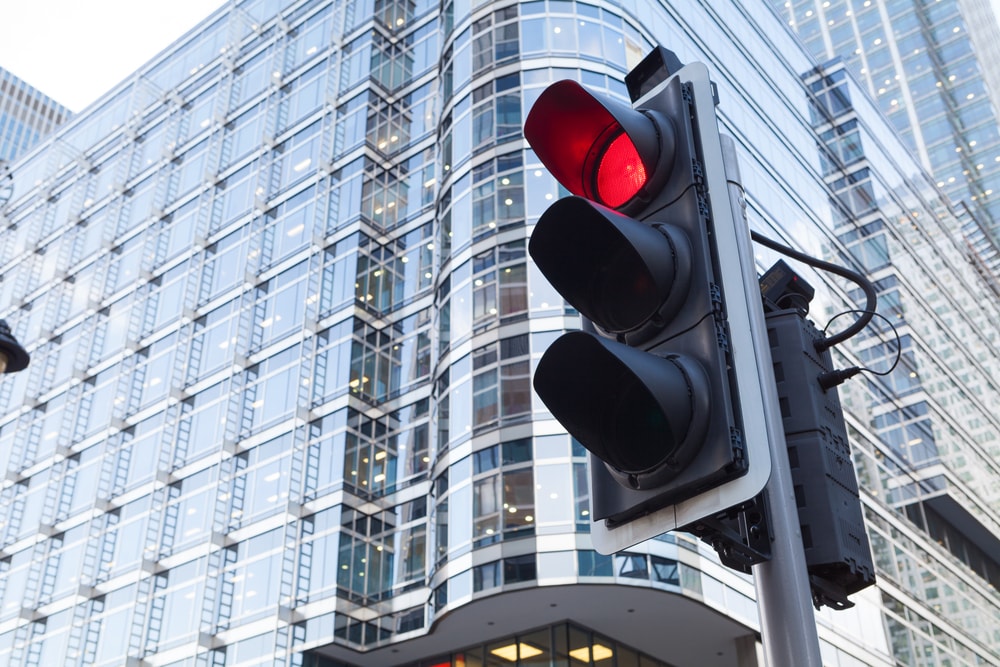Malaysians are infamous for their poor road safety. Remember the story about a 19-year-old part-time model who drove in the opposite direction and killed an innocent man? Or, the time when a trailer skidded and crashed into a MPV, killing six family members from three generations?
According to the Malaysian Institute of Road Safety Research (MIROS), from 1997 to 2014, the number of road accidents has doubled from 215,632 to 476,1796. Even more worrying, the statistic also reveals that, on average, 19 Malaysians are killed on the road daily!
Understanding the urgent need to reduce this problem, the government has introduced the ‘improved’ Kejara demerit point system, which is part of the new road safety system called AWAS. It was implemented on the 15th April and after one week of its enforcement, many still don’t know how the system works. Here’s a detailed explanation about this new system, and the punishments that traffic offenders get when they break the law.
Why is it ‘improved’?
We actually had a demerit point system before, called Kejara (Kesalahan Jalan Raya), which cumulated points depending on your offences on the road. So every time you break the law, a certain number of points will be ‘awarded’ to you, and when you reach your 15-point limit, a punishment is given. This is the old points system:
- 15 points / first offence = suspension up to 6 months
- 30 points / second offence = suspension up to 12 months
- 45 points/ third offence = driving license revoked
Also, with the old system, road offenders can remove their demerit points if they pay their fines. If they don’t wish to pay their fines, they have to make sure not to breach any more road laws for the next 24 months, and 7 points will be deducted from their record. Therefore, road offenders still had multiple ways to go around the system without getting their license revoked.
With such loopholes, it’s no surprise that the road users didn’t bother much about the system. As such, in 2015, the government suspended the system with the intention of bringing back a revamped and improved version.
The new, revamped system
The new system is called Automated Awareness Safety System (AWAS), and it’s an integration of the Automated Enforcement System (AES) cameras and Demerit Points System (Kejara). With the aim of weeding out habitual traffic offenders, the system looks at two offences for now – speeding and running the red light.
As for the penalties, the Road Transport Department Malaysia (JPJ) had launched separate punishments for private and commercial vehicles. By doing so, the commercial vehicle drivers will now be held responsible for the offences they commit, rather than the company that hired them. This is how the new demerit system works:
Speeding
- Private vehicles will be given 2 points (1km/h-25km/h), 3 points (25km/h-40km/h), and 4 points (40km/h-above).
- Commercial vehicles will be given 6 points.
Running a red light
- Private vehicles (cars and motorcyclists) will be given 4 points.
- Commercial vehicles (Grab car, lorries, busses) will be given 6 points.
Although the AWAS system only looks at two offences right now, JPJ is planning to include more penalties such as using mobile phones, not fastening seat belts, overloading vehicles, and many more in the future.
Unlike the old Kejara demerit point system, the new version is more serious because the points are permanent and you won’t get to remove them by paying your fines. If you’re a frequent traffic offender, you might want to think twice before committing an offence because the consequences of it are extremely serious.
The demerit system officially starts when the driver collects 20 demerit points, which comes with a warning. If you collect 40, 60, or 80 points, then you’re at risk of getting a suspension ranging from six to 12 months. But if that doesn’t teach you a lesson and you still manage to accumulate 100 points, then you’re sure to get your license revoked and you can only resit for your driving examinations 12 months after the revocation. And if you still choose to drive your vehicle while your license is suspended or revoked, you can be fined between RM3,000 to RM10,000, with possibility of jail time not more than three years.
As for the Automated Enforcement System (AES) cameras, there are in total 14 of them installed nationwide with an idea of installing more by the end of this year. With the government going all out to put a full stop to this problem, it’s only right that we play a role in making this new system a success, and hopefully reduce road accidents in the near future.
"ExpatGo welcomes and encourages comments, input, and divergent opinions. However, we kindly request that you use suitable language in your comments, and refrain from any sort of personal attack, hate speech, or disparaging rhetoric. Comments not in line with this are subject to removal from the site. "





















